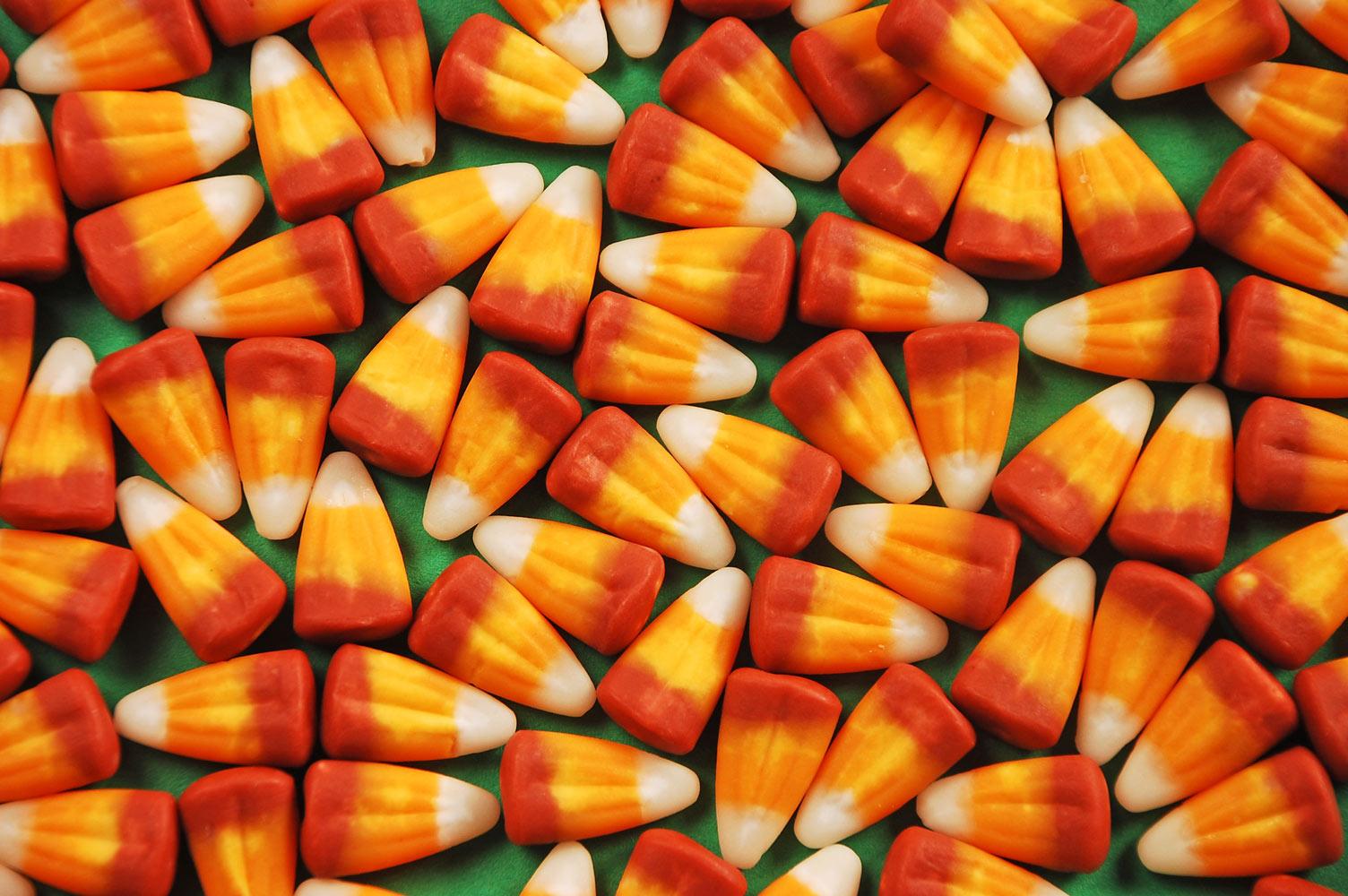
The Counselor's Update
Counseling Corner
What COVID Looks Like in Kids?
It does appear that children are less likely to develop symptoms than adults. A study in the journal Nature Medicine looked at data from six different countries. It found that when children are infected, only one in five develops symptoms.
As far as symptoms go, COVID in children looks similar to the disease in adults. The most common ones include:
So, please be reminded that we are approaching FLU season and like many other common ailments, COVID-19 shares some of the same symptoms. If you feel, you may have been in close contact or exposed to COVID-19 please do not hesitate to getting tested.
Importance of Social Distancing...
COVID-19 spreads mainly among people who are in close contact (within about 6 feet) for a prolonged period. Spread happens when an infected person coughs, sneezes, or talks, and droplets from their mouth or nose are launched into the air and land in the mouths or noses of people nearby. The droplets can also be inhaled into the lungs. Recent studies indicate that people who are infected but do not have symptoms likely also play a role in the spread of COVID-19. Since people can spread the virus before they know they are sick, it is important to stay at least 6 feet away from others when possible, even if you—or they—do not have any symptoms. Social distancing is especially important for people who are at higher risk for severe illness from COVID-19.
- Limit Contact When Running Errands: Only visit stores selling household essentials in person when you absolutely need to, and stay at least 6 feet away from others who are not from your household while shopping and in lines. If possible, use drive-thru, curbside pick-up, or delivery services to limit face-to-face contact with others. Maintain physical distance between yourself and delivery service providers during exchanges and wear a mask.
- Choose Safe Social Activities:It is possible to stay socially connected with friends and family who don’t live in your home by calling, using video chat, or staying connected through social media. If meeting others in person (e.g., at small outdoor gatherings, yard or driveway gathering with a small group of friends or family members), stay at least 6 feet from others who are not from your household. Follow these steps to stay safe if you will be participating in personal and social activities outside of your home.
- Keep Distance at Events and Gatherings: It is safest to avoid crowded places and gatherings where it may be difficult to stay at least 6 feet away from others who are not from your household. If you are in a crowded space, try to keep 6 feet of space between yourself and others at all times, and wear a mask. Masks are especially important in times when physical distancing is difficult. Pay attention to any physical guides, such as tape markings on floors or signs on walls, directing attendees to remain at least 6 feet apart from each other in lines or at other times. Allow other people 6 feet of space when you pass by them in both indoor and outdoor settings.
- Stay Distanced While Being Active: Consider going for a walk, bike ride, or wheelchair roll in your neighborhood or in another safe location where you can maintain at least 6 feet of distance between yourself and other pedestrians and cyclists. If you decide to visit a nearby park, trail, or recreational facility, first check for closures or restrictions. If open, consider how many other people might be there and choose a location where it will be possible to keep at least 6 feet of space between yourself and other people who are not from your household.
Social and Emotional Tips
Self-Care Check-IN
Physical: Moving your body.
Emotional: Honoring how you feel everyday.
Spiritual: Something good for the soul.
Personal: Spending time doing something you like.
Social: Quality time with someone.
Household: Cleaning and organizing.
Pampering: Treating yourself.
The Month of November is observed for:
- All Saints Day is a Christian festival held on November 1 that celebrates the lives of all saints, known and unknown. In Mexico and throughout many Hispanic communities in the U.S., November 1 is also known as the Day of the Dead, a time for families to remember and honor loved ones who have passed away. All Soul's Day, in which Christians essentially do the same, is celebrated the following day, November 2.
- Veteran's Day, when we honor those who have served in the United States Armed Forces, falls annually on November 11. It also coincides with Armistice Day and Remembrance Day, which mark the end of World War I.
- Thanksgiving, perhaps the most popular of all American holidays after Christmas, is celebrated each year on the third Thursday of November. Not only do Americans have the chance on this day to gather with friends and family over a sumptuous meal but they also get to enjoy a rare four-day weekend (with the Friday afterward, known as Black Friday, marking the traditional start of the Christmas shopping season).

